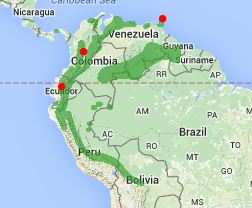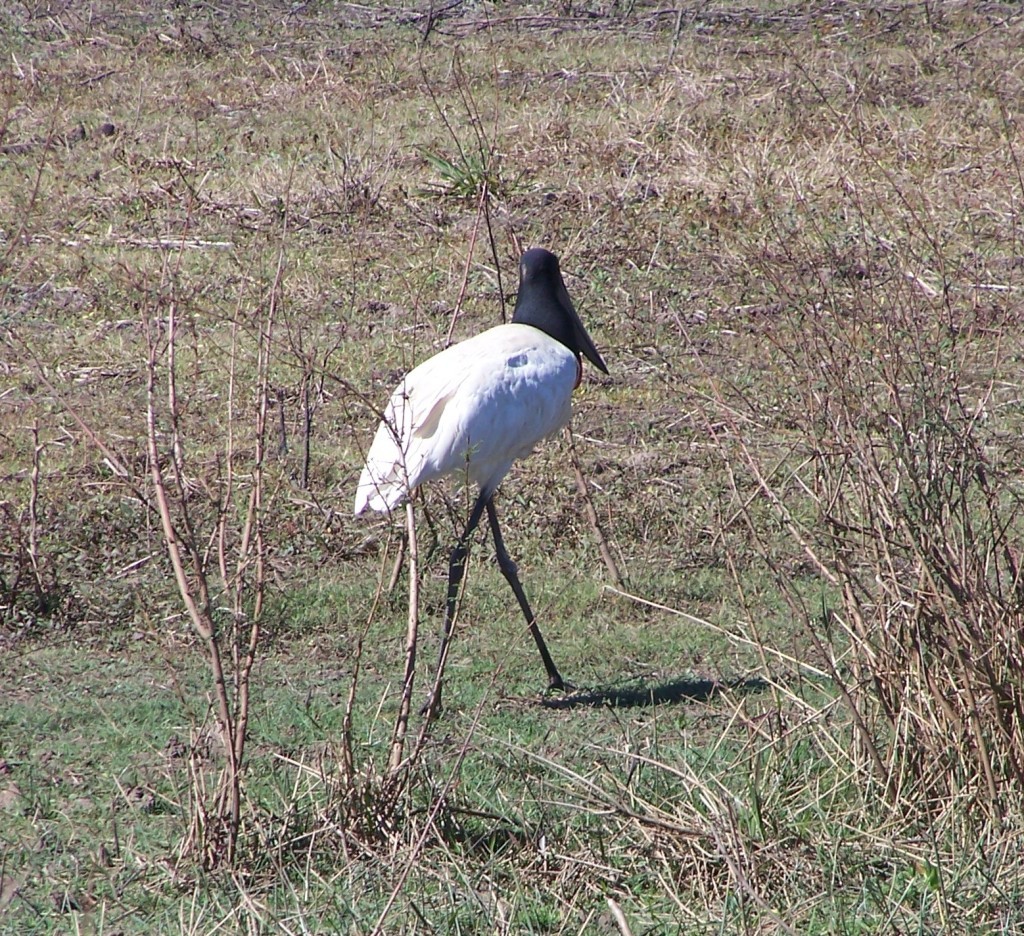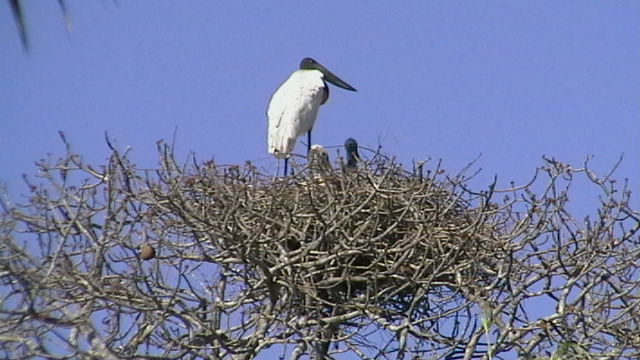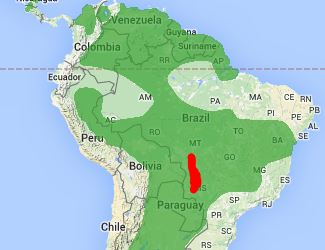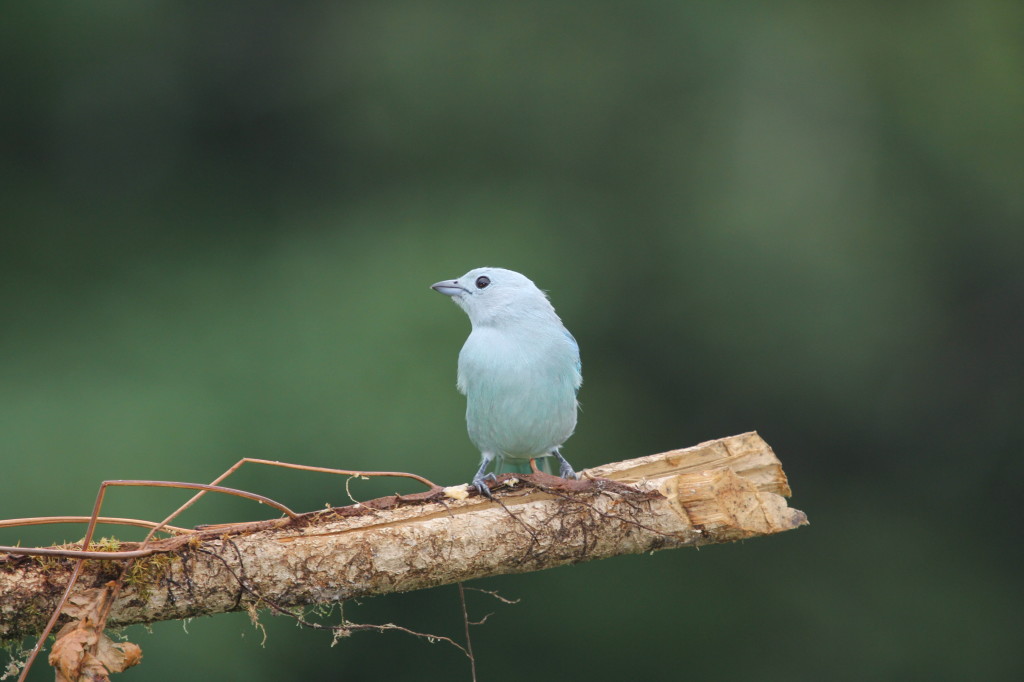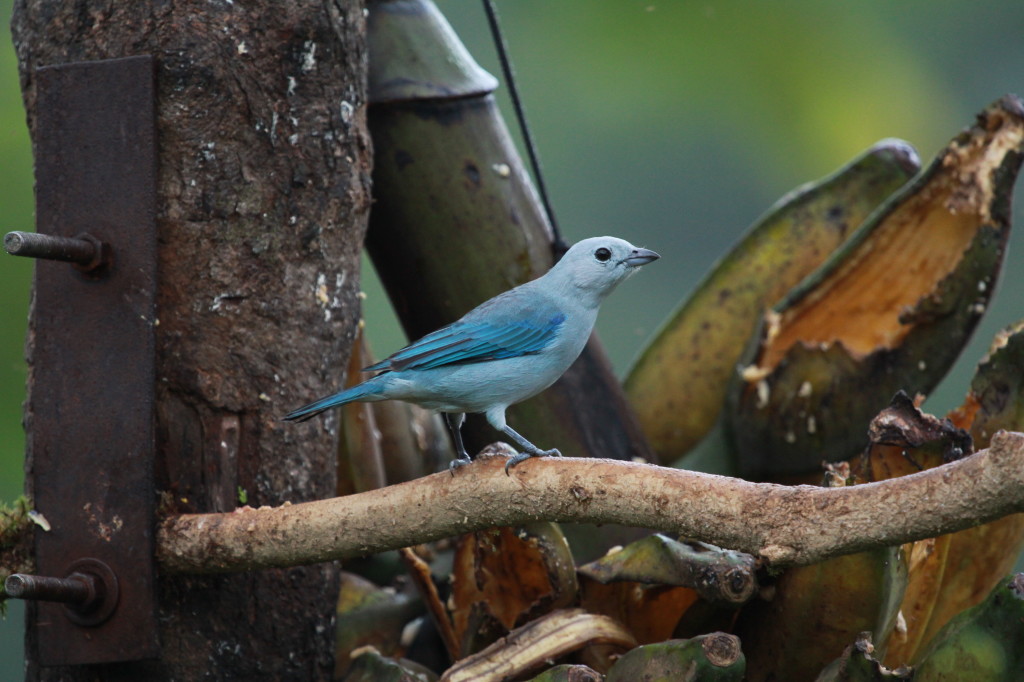The Scarlet Ibis (Eudocimus ruber) is a species of ibis in the bird family Threskiornithidae. It inhabits tropical South America and islands of the Caribbean. In form it resembles most of the other twenty-seven extant species of ibis, but its remarkably brilliant scarlet coloration makes it unmistakable. It is 1 of 2 national birds of Trinidad and Tobago.
In this series of photos I took at Caroni Bird Sanctuary, we see them flying in formation, arriving at the roost area and settling in for the night. The bright scarlet colour is amazing, especially when you have 1000’s of these birds all together!

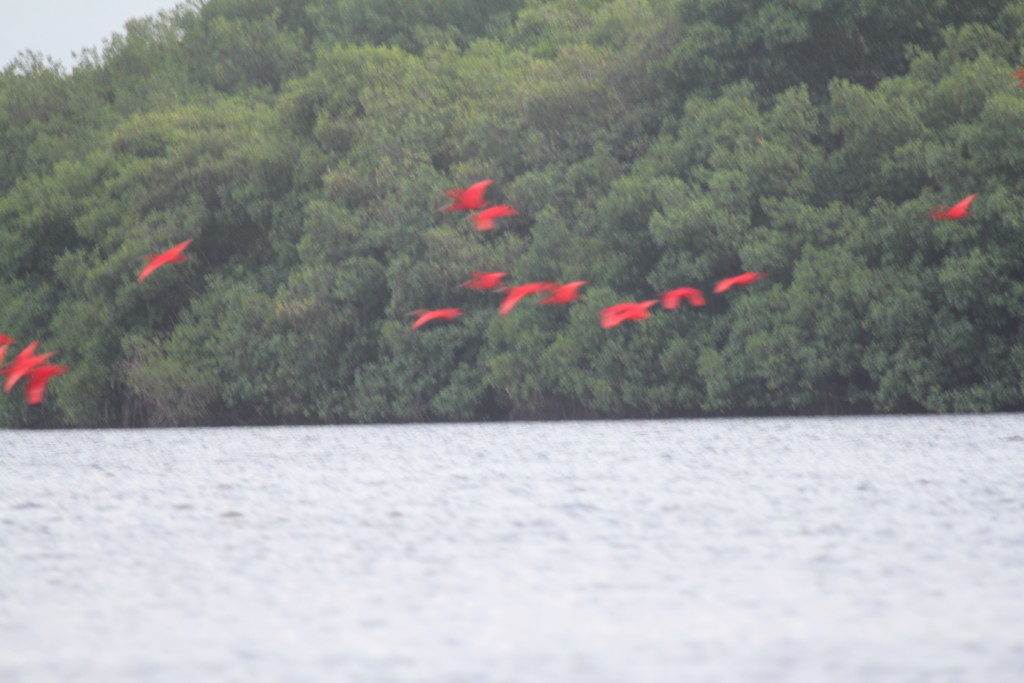
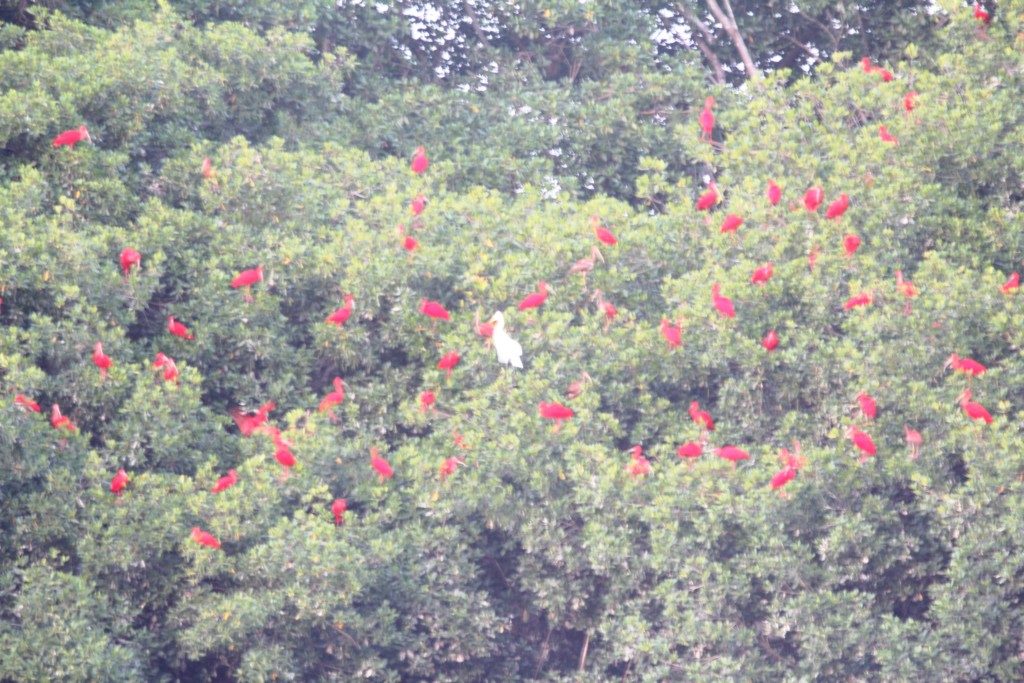
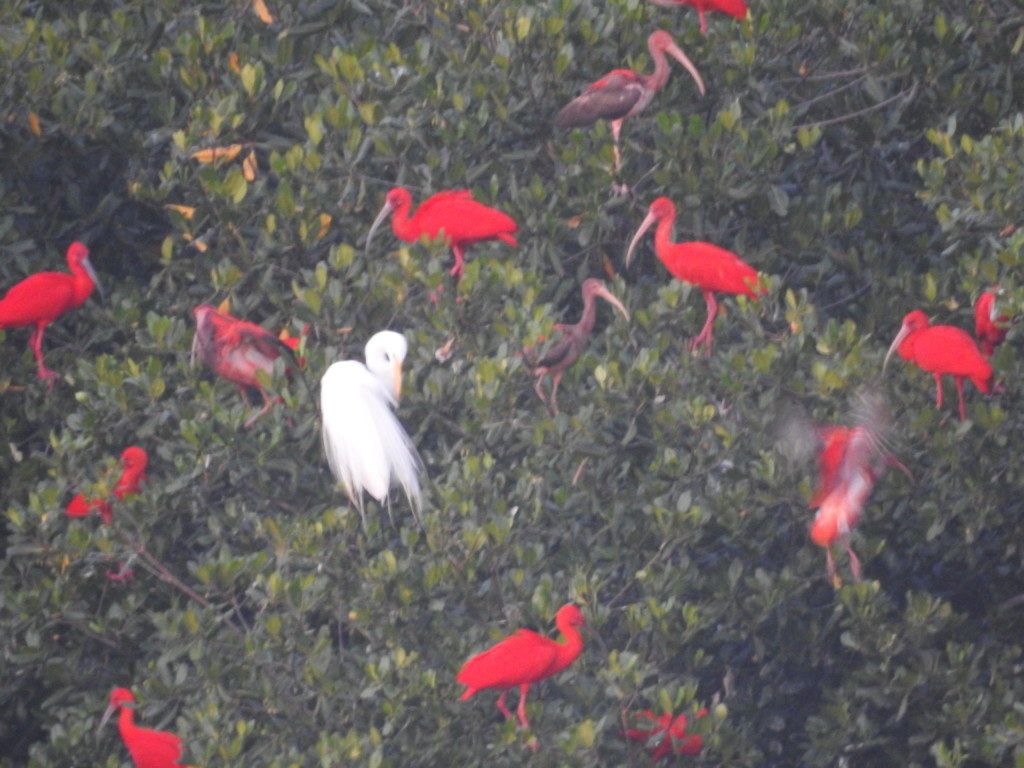
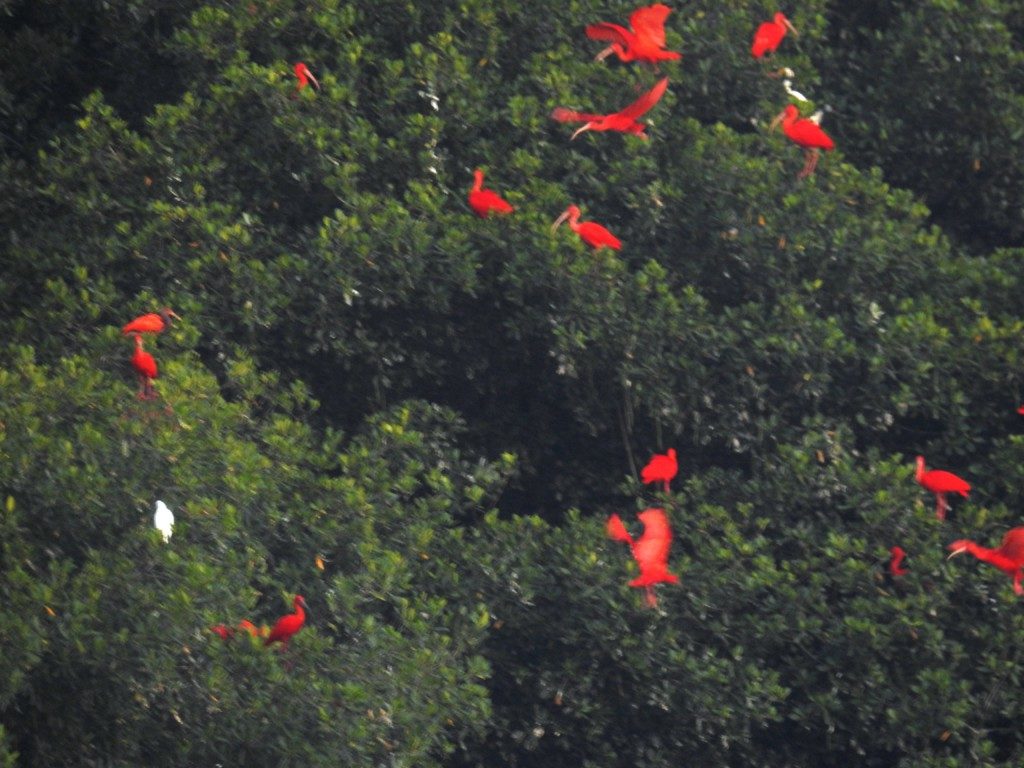
The Scarlet Ibis has a huge range over Colombia, Venezuela, Brazil, Trinidad and several Caribbean islands. You are virtually guaranteed to see them in the thousands at Caroni Bird Sanctuary in Trinidad.
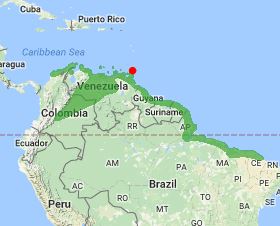
LEARN MORE ABOUT SCARLET IBIS
VIDEOS
There is no shortage of videos of this spectacular bird online, many of which were filmed in Caroni so you get the idea of my experience. Not to be missed!

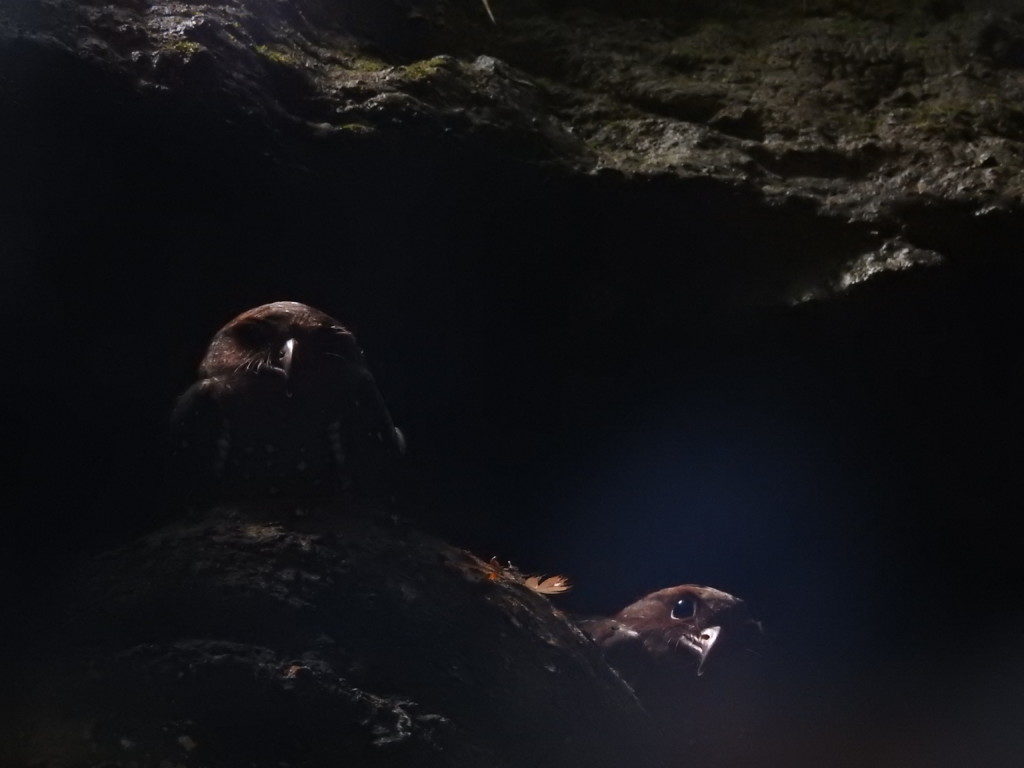
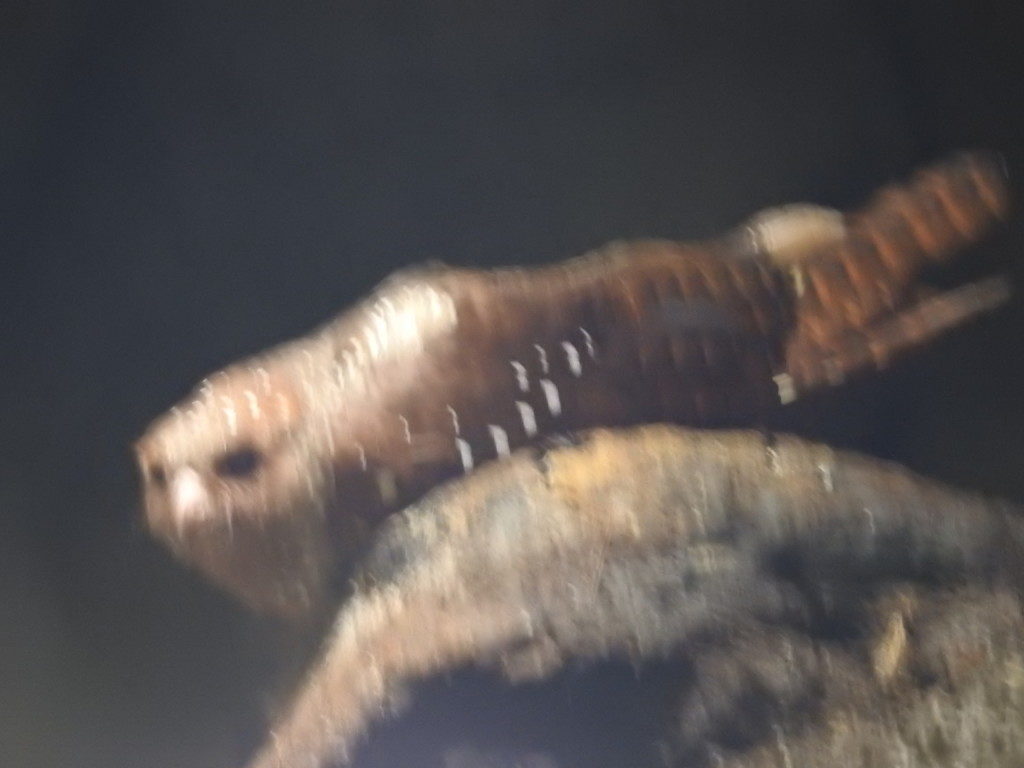
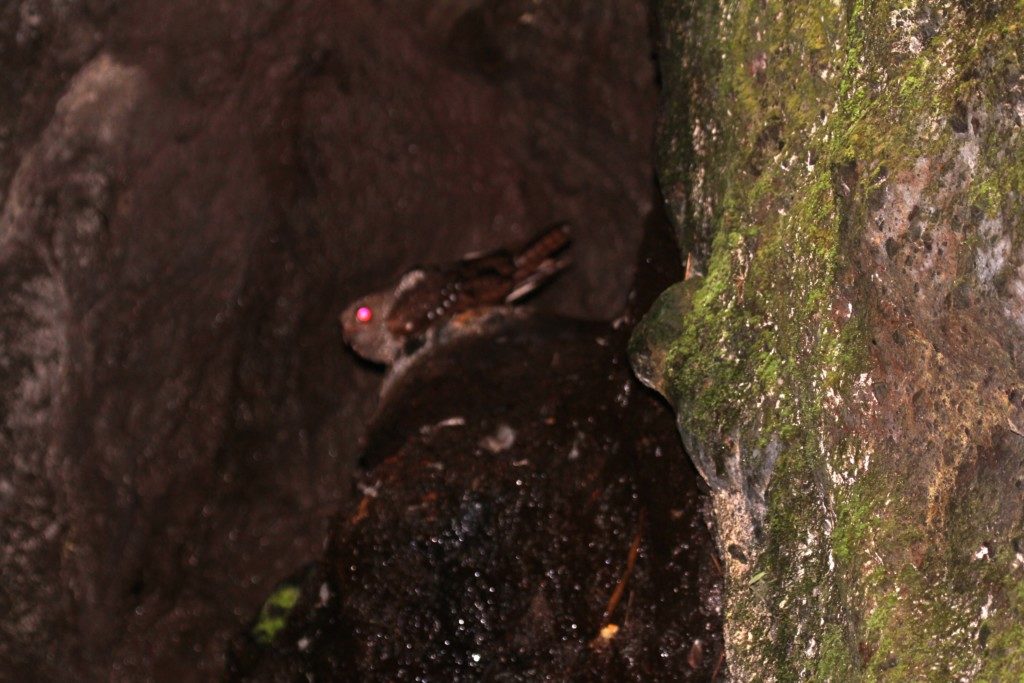 Although they have a large range in the northern part of
Although they have a large range in the northern part of 